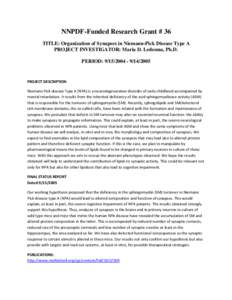<--- Back to Details
| First Page | Document Content | |
|---|---|---|
 Date: 2010-04-26 15:38:25Chemical synapse Neuron Niemann–Pick disease Sphingomyelin Synaptic vesicle Hippocampus Biology Neurophysiology Neuroscience |
Add to Reading List |
| First Page | Document Content | |
|---|---|---|
 Date: 2010-04-26 15:38:25Chemical synapse Neuron Niemann–Pick disease Sphingomyelin Synaptic vesicle Hippocampus Biology Neurophysiology Neuroscience |
Add to Reading List |